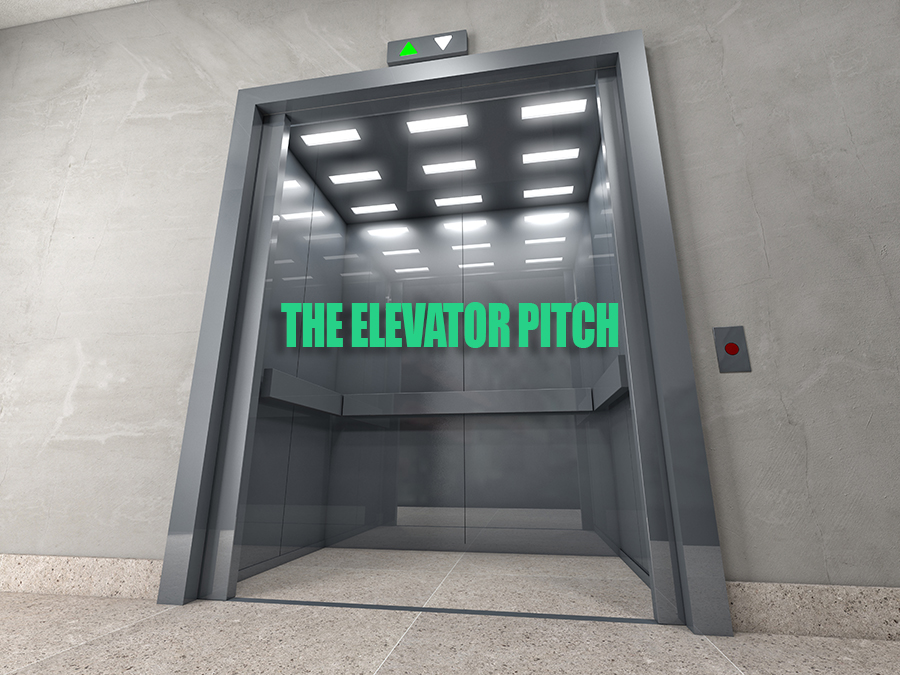You want to sell your product, service, event or idea to a major buyer, employer, investor or some other person of influence. But no luck so far in making contact. Then, one day, the person who could make your dream come true steps into the elevator.
You have 60 seconds to nab their interest and score a business card, the offer of a meeting or some other positive outcome.
Welcome to the Elevator Pitch…
The concept of a one-minute pitch came into its own during the early IT days when applications for venture capital exploded. The winners were often those who could summarize the value of a software service in simple words to a finance representative with little knowledge of the digital world.
Business schools now teach the Elevator Pitch for encounters outside elevators, such as a supermarket queue, a company party, networking event, cold call, job interview or even a voicemail message.
How to use the Elevator Pitch
Make contact. Recognize the person, show your awareness of their current needs (“I believe you’re looking for a…) or break the ice by some other method. It might be as simple as comment on the weather or an offer to press the button of their floor.
Identify yourself in a way that creates interest and opens up a conversation.
For example:
Hello, I’m Jane Smith and I’m a financial planner.
Better:
A: Hello, I’m Jane Smith and I help people enjoy their golden years.
Don’t ramble or just present a CV. Emphasise your competitive advantage and the benefits you offer the listener. Answer the unspoken question: “What’s in it for me to hear this person out?”
Success = preparation + opportunity
Write and rehearse your Elevator Pitch in about 150-250 words. Develop different versions of your Elevator Pitch for different situations and audiences. Make your speech sound enthusiastic, sincere and conversational. Don’t come across like an overseas call centre.
Stay focused on what you want from the speech and build up to a final ask, such as a business card, meeting, audition, referral. Watch the listener’s body language and responses. If you think your speech worked, follow up with an email to remind them of the meeting and what you have to offer.
You can find many good (and bad) examples of the Elevator Pitch in action on YouTube, Dragon’s Den and crowd funding pitches.
Mirror Marketing’s team of experts can also help you prepare your Elevator Pitch along with the company’s other communications and marketing services.
Richard Andrews is a Montreal-based media consultant, freelance writer and PR lecturer who has also worked in Australia, China, Southeast Asia and the Pacific.

